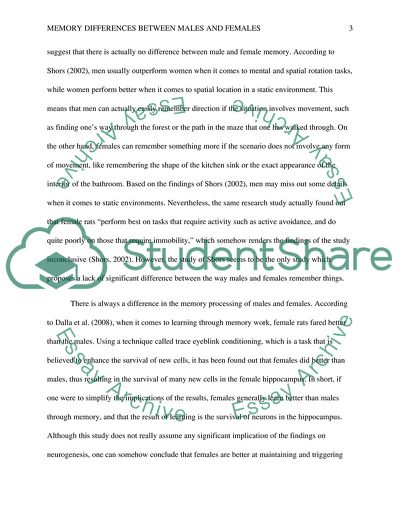Cite this document
(“Memory Differences Between Males and Females Term Paper”, n.d.)
Memory Differences Between Males and Females Term Paper. Retrieved from https://studentshare.org/psychology/1617073-any-topic-relevant-to-memory
Memory Differences Between Males and Females Term Paper. Retrieved from https://studentshare.org/psychology/1617073-any-topic-relevant-to-memory
(Memory Differences Between Males and Females Term Paper)
Memory Differences Between Males and Females Term Paper. https://studentshare.org/psychology/1617073-any-topic-relevant-to-memory.
Memory Differences Between Males and Females Term Paper. https://studentshare.org/psychology/1617073-any-topic-relevant-to-memory.
“Memory Differences Between Males and Females Term Paper”, n.d. https://studentshare.org/psychology/1617073-any-topic-relevant-to-memory.


